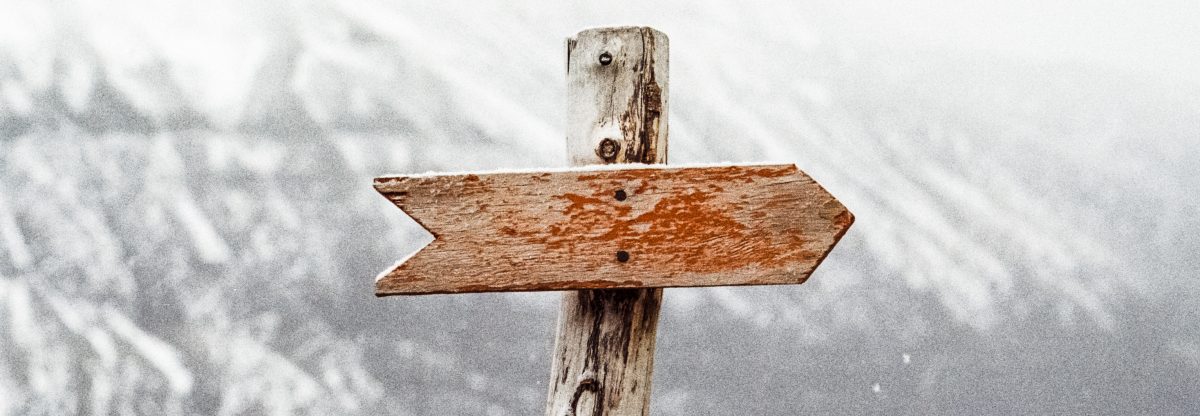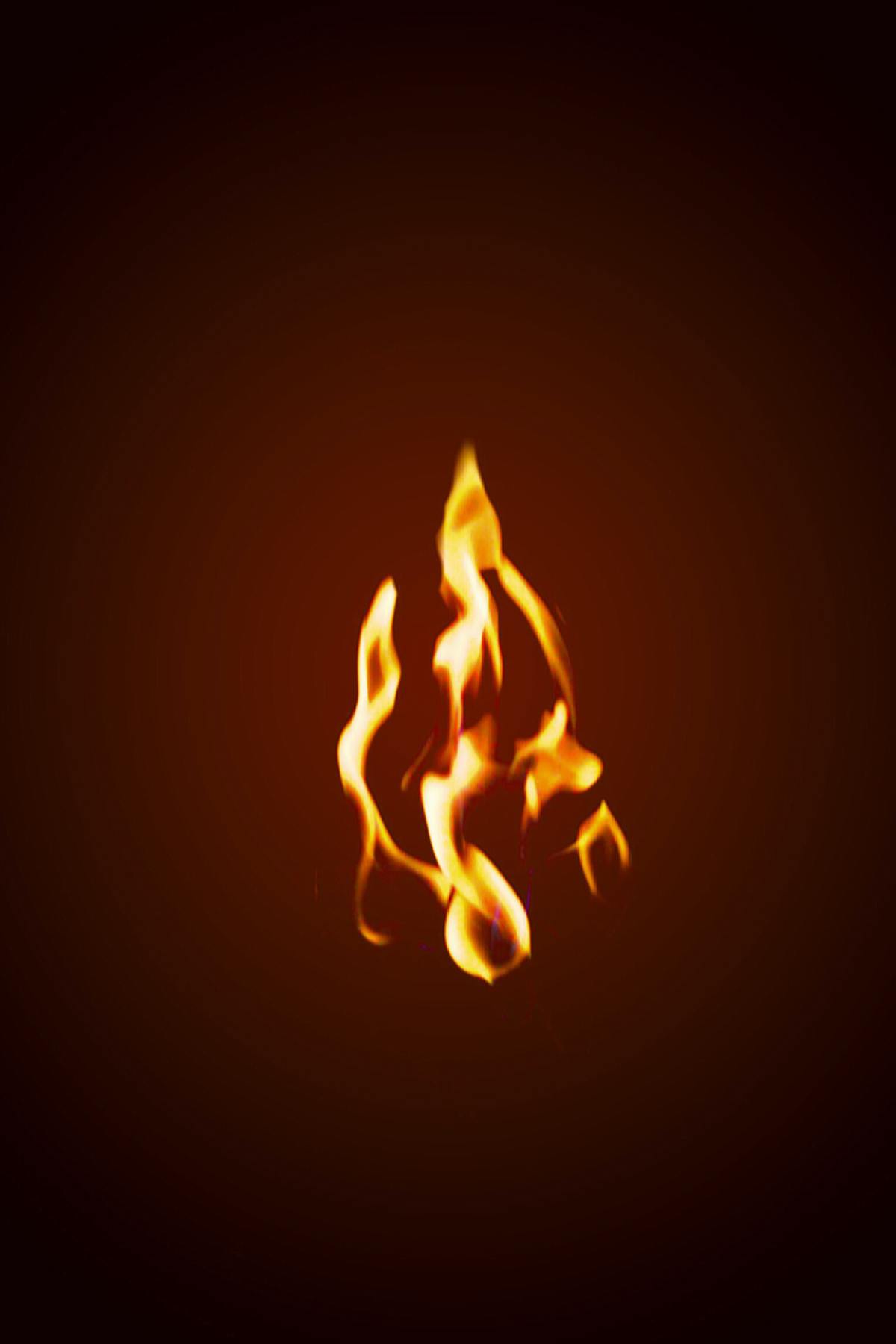I preached this sermon on Sunday, September 3, 2023 at Saint Anne Episcopal Church, West Chester, OH. The lectionary texts cited are Exodus 3:1-15 and Matthew 16:21-28.
Throughout the wider church, this month begins what is called the Season of Creation. It’s a time when we consider our interrelatedness with all created things and how our connection to the natural elements might shape the elements of our faith. So today, in that spirit, I want to tell you two stories about fire.
The first will probably sound familiar: when I was a kid, I spent summers up in the north woods of Michigan, and one of my favorite memories is of the campfires that my dad and my grandpa would build out by the lake. There were s’mores, of course, and ghost stories, and as the evening wore on, a companionable silence settled in as the wood snapped and the flames danced in the darkness. And what I love about that memory of fire is not that it was something unique to me or my family, but that it felt like something that people have been doing forever. I suspect most of us have, at some point, experienced a similar quiet pleasure around a fire pit, where, as the night enfolds us, busyness gives way to simply being, and the amber glow creates a sense of closeness and belonging for all those who are bathed in its light.
The second story is less comforting. When I was in seminary in northern California, having returned to the state after many years away, one of the things that was hard to ignore was the pervasive and intense threat of wildfire, far more so than when I grew up there as a child. Due to the corrosive effects of climate change, the fires across our continent are bigger and more widespread than ever before, and each year one must live under their shadow, both literally and figuratively.
There was one fall where the smoke from nearby fires poured into Berkeley and the sky was gray like fog and the sun was red and we had to wear N95 masks to go outside long before COVID made them necessary for other reasons. And I remember how my friends and I discussed whether we should pack a bag with essentials ready to grab should the wildfire jump to the nearby hillsides. We wondered where we would escape to if they did. I thought of that again, recently, when smoke enveloped the midwest from Canadian wildfires and while watching videos of people flee the town of Lahaina as Maui burned.
This is the duality of fire: it warms and sustains, but it also consumes and destroys. We need it, and we fear it. We rejoice in its beauty, but we ignore its power at our peril.
And so perhaps it is no surprise that fire often appears in key moments of Scripture where God is revealed to humanity, for that same duality characterizes our relationship with the Holy. God is the source of our life and yet also of our trembling. God is the light of belonging and is also the burning heat that lays bare our pretenses of safety. And, as Scripture attests, the challenge of life with God is to learn how to hold both of these understandings at the same time.
When Moses sees the burning bush, he is not immediately afraid, but attracted. This fire in the wilderness that burns but does not consume is not exactly a campfire, but it is a sign of God’s desire to gather in the people of Israel and tell them a new story. Moses and the burning bush form an image of humanity drawing together in communion with its Creator; and Moses’ experience suggests that when we gather in close to listen to God, we too will hear a promise of deliverance; we too, in the companionable silence, might hear the name of the One who abides with us.
This story reminds us that part of our calling is to form communities where everyone and anyone can come hear the story of how God will liberate and heal all of creation. And even if we, like Moses, feel unworthy or unprepared to take part in that story, we are part of it, because the place we are standing is already holy ground.
But gentle warmth is only half the story. Because this morning we also hear Jesus telling his disciples—in fiery, unsparing language—about the true nature of discipleship: the necessity of death and relinquishment and the searing pain of the cross that he will soon experience. We do not need to indulge in theologies that glorify suffering nor should we promote the idea that people’s pain is itself holy. But we do have to acknowledge that God’s activity in the world is not always cozy; it’s not limited to upholding that which comforts us.
Through the Cross of Christ, God is like a wildfire, laying waste to the structures and the systems and the sins that confine and subjugate and placate; God’s intention is to incinerate them with justice; God means to engulf them in peace, so that something new might spring up. And this type of divine fire is dangerous—dangerous to the powerful, dangerous to the complacent, dangerous to anything within us our around us that stands in the way of the Kingdom’s coming. Get behind me, Satan, Jesus says to Peter, not because he hates Peter but because he rejects Peter’s assumptions of comfortable messiahship, of self-satisfied discipleship, and he intends to burn away those parts of ourselves that resist God’s mission in the world. As John the Baptist once said, “the one who is coming after me …will baptize you with the Holy Spirit and fire.” Now we begin to see what he meant.
So, two stories about fire, and two stories about God’s presence in the world. Two stories that are part of our own story, which must be held in tension and told and lived into, again and again, in every generation.
How are we, at Saint Anne, gathering others in toward the burning bush? How are we creating a community with space enough for everyone to share their story, to delight in fellowship, to sing and study and pray and learn together? And how are we making sure others know that this fire burns as a sign for all people? Because it’s important to remember that Moses’s encounter with God in the desert was not a private revelation. It was the initiation of a public mission, one that radiated outward with light and heat and hope. There is a story about the world that does not end in division or oppression or fear. Are we telling that story beyond these walls? Are we inviting people to gather ‘round, to come and rest in its light? This is the call of the burning bush.
At the same time, how are we, at Saint Anne, taking up the Cross as the sign of God’s categorical rejection of all that would harm and oppress and stifle the flourishing of life on this planet? Because it’s not enough for us to gather around the campfire while the world burns. Jesus could have stayed in Galilee telling stories with his friends if that’s all that was needed to save creation.
But he didn’t. He took on the Cross—the ultimate symbol of degradation and cruelty—in order to consume it with the power of his love. And we who would follow him, we, too, have to look for the crosses of our own time—the failings, the fault lines, the dehumanizing tendencies of our hearts and our culture—and we have to take them up and take them on, speaking the word of love that is like fire, so that the crucifying forces of this world will be revealed for what they are: a lie. A delusion. A pile of ashes. This is the call of the Cross.
The good news that I have already witnessed at Saint Anne is that we are engaged in both of these things—the gathering in around the fire, and the setting the world aflame with love. But as we prepare for another program year, as we prepare for a new season of ministry together, I encourage you to consider how you are taking part in these two stories yourself, whether through education, through prayer, through advocacy and justice-seeking, through service, through pastoral care, or through the many ways that we build up and enrich life in this community. I hope you will make that commitment, knowing that you will never be walking alone as you do so.
Because here’s the thing: God is already doing what God will do in the world: beckoning and illuminating, dismantling and renewing. Our choice, our vocation, our glorious gift and responsibility is whether we will join in, whether we will rest in the light, and whether we will become like holy fire ourselves, fierce, fluid, and free.
In the end, it’s not two stories about fire, but one. Just one story, reconciled in the burning heart of Christ, one story that holds all of life, that holds all of creation, and it is God’s story and, if we so choose, of we so dare, it is also ours.

